Transcription of Guiding Principle 6: Responsive environments engage learners.
1 Wisconsin s Guiding PrinciPles for TeachinG and learninGGuiding Principle 6: Responsive environments engage learning happens in environments where creativity, awareness, inquiry, and critical thinking are part of instruction. Responsive learning environments adapt to the individual needs of each student and encourage learning by promoting collaboration rather than isolation of learners. Learning environments , whether classrooms, schools, or other systems, should be structured to promote engaged teaching and learning. Research SummaryTo be effective for all students, classroom learning environments must be Responsive to a broad range of needs among a diverse student population. These diverse needs include cultural and linguistic differences as well as developmental levels, academic readiness, and learning styles.
2 A Responsive learning environment engages all students by providing a respectful climate where instruction and curriculum are designed to respond to the backgrounds and needs of every student. Culturally Responsive TeachingResearch on culturally Responsive teaching emphasizes the importance of teachers understanding the cultural characteristics and contributions of various ethnic groups (Smith, 1998) and showing respect toward these students and their culture (Ladson-Billings, 1995; Pewewardy & Cahape, 2003). Culturally Responsive teaching is defined by Gay (2002) as using the cultural characteristics, experiences, and perspectives of ethnically diverse students as conduits for teaching them more effectively (p. 106).Research on culturally Responsive teaching has found that students both are more engaged in learning and learn more effectively when the knowledge and skills taught are presented within a context of their experience and cultural frames of references (Au & Kawakami, 1994; Gay, 2000; Ladson-Billings, 1995).
3 Areas considered part of creating a culturally Responsive learning environments are (1) understanding the cultural lifestyles of their students, such as which ethnic groups give priority to communal living and problem solving; (2) knowing differences in the modes of interaction between children and adults in different ethnic groups; and (3) becoming aware of cultural implications of gender role socialization among different groups (Banks & Banks, 2001). To provide a culturally Responsive learning environment teachers need to: Communicate high expectations for all students (Gay, 2000; Hollins & Oliver, 1999; Ladson-Billings, 1994, Nieto, 1999). Use active teaching methods and act as learning facilitators (Banks & Banks, 2001; Gay, 2000). Maintain positive perspectives on families of diverse students (Delgado-Gaitin & Trueba, 1991).
4 Gain knowledge of cultures of the students in their classrooms (Banks & Banks, 2001; Nieto, 1999). Reshape the curriculum to include culturally diverse topics (Banks & Banks, 2001; Gay, 2000; Hilliard, 1991). Use culturally sensitive instruction that includes student-controlled discussion and small-group work (Banks & Banks, 2001; Nieto, 1999). Further research asserts that culturally Responsive teachers help students understand that knowledge is not absolute and neutral but has moral and political elements. This knowledge can help students from diverse groups view learning as empowering (Ladson-Billings, 1995; Tharp & Gallimore, 1988). Strategies for designing curriculum and instruction for culturally diverse students are similar to the strategies for differentiating curriculum and instruction.
5 In fact, Mulroy and Eddinger (2003) point out that the research on differentiation emerged, in part, because of the demand on schools to serve an increasingly diverse student population. Heacox (2002) asserts that classrooms are diverse in cognitive abilities, learning styles, socioeconomic factors, readiness, learning pace, and gender and cultural influences. Wisconsin s Guiding PrinciPles for TeachinG and learninGDifferentiationResearch on differentiation includes meeting the learning needs of all students through modifying instruction and curriculum to consider developmental level, academic readiness, and socioeconomic backgrounds, as well as cultural and linguistic differences. tomlinson (2005) defines differentiated instruction as a philosophy of teaching based on the premise that students learn best when their teachers accommodate the difference in their readiness levels, interests, and learning profiles.
6 In a differentiated learning environment, each student is valued for his or her unique strengths while being offered opportunities to learn and demonstrate learning through a variety of strategies (Mulroy & Eddinger, 2003). Hall (2002) states, To differentiate instruction is to recognize students varying backgrounds, readiness, language, learning preferences, and interests and to react responsively (p. 1).According to tomlinson (2005), who has written extensively on differentiation, three elements guide differentiated instruction: content, process, and product. Content means that all students are given access to the same content but are allowed to master it in different ways. Process refers to the ways in which the content is taught. Product refers to how students demonstrate understanding.
7 Corley (2005) provides three questions that drive differentiation: (1) What do you want the student to know? (2) How can each student best learn this? and (3) How can each student most effectively demonstrate learning? Maker (1986) offers a framework through which differentiation can occur in the classroom: Create an encouraging and engaging learning environment through student-centered activities, encouraging independent learning, accepting student contributions, using a rich variety of resources, and providing mobility and flexibility in grouping. Modify the content according to abstractness and complexity. Provide a variety of content and particularly content focused on people. Modify the learning process through use of inquiry, higher-order thinking activities, group interactions, variable pacing, creativity and student risk-taking, and freedom of choice in learning activities.
8 Modify the product through facilitating different ways for students to demonstrate learning, such as the use of authentic addition, researchers have found that the use of flexible grouping and tiered instruction for differentiation increases student achievement (Corley, 2005; tomlinson & Eidson, 2003). Heacox (2002) describes differentiation as follows:The focus is not on the adjustment of the students, but rather the adjustment of teaching and instructional strategies making it about learning, not teaching. The teacher is the facilitator students at the center of teaching and learning and lets his or her students learning needs direct instructional planning (p. 1). Several studies conducted in elementary and middle school classroom have found that student achievement is increased in differentiated classrooms (Connor, Morrison, & Katch 2004; McAdamis, 2001).
9 tomlinson and Eidson (2003) emphasize the need to include the components of student readiness, student interest, and student learning profile in differentiating instruction. Students interests and learning profiles are often tied to their learning styles. Learning StylesThe body of research on learning styles has coalesced around the work of Howard Gardner, who introduced the theory of multiple intelligences in 1983. Gardner s work suggests that the concept of a pure intelligence that can be measured by a single score is flawed, and he has identified nine intelligences that people possess to various degrees. His theory asserts that a person s type of intelligence determines how he or she learns best (Gardner, 1999).Learning style refers to how a student learns, and the concept takes into account cultural background and social and economic factors as well as multiple intelligences.
10 Beishuizen and Stoutjesdjik (1999) define learning style as a consistent mode of acquiring knowledge through study, or experience. Research has shown that the quality of learning at all levels of education (primary, secondary, and higher education) is enhanced when instruction and curriculum take into account individual learning styles (Dunn, Griggs, Olsen, Beasley & Gorman, 1995). Another study found that student learning improved when the learning environment was modified to allow students to construct personally relevant knowledge and to engage in the materials at different levels and from different points of view (Dearing, 1997).Wisconsin s Guiding PrinciPles for TeachinG and learninGA Responsive classroom environment considers the individual learning needs of all students. These learning needs include a variety of factors that influence how students learn: culture, language, developmental level, readiness, social and economic background, and learning is an essential component for creating an engaging and accessible classroom environment.


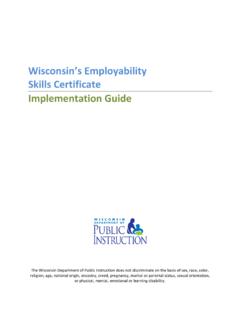
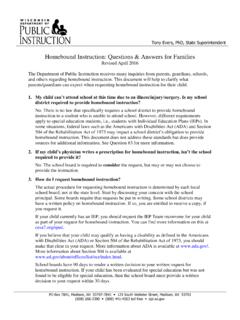
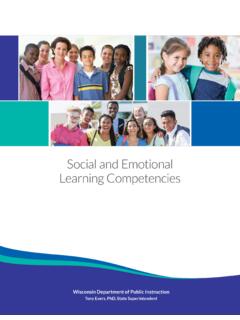
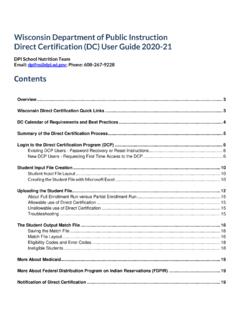
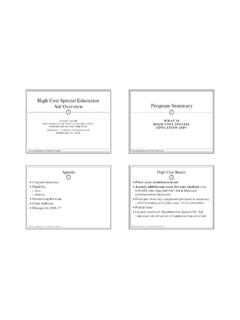




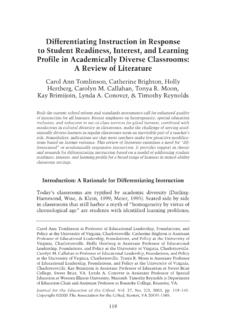

![[PDF] Differentiated Instruction PPT](/cache/preview/a/c/8/4/8/c/0/6/thumb-ac848c0658649db8874b31455869b542.jpg)